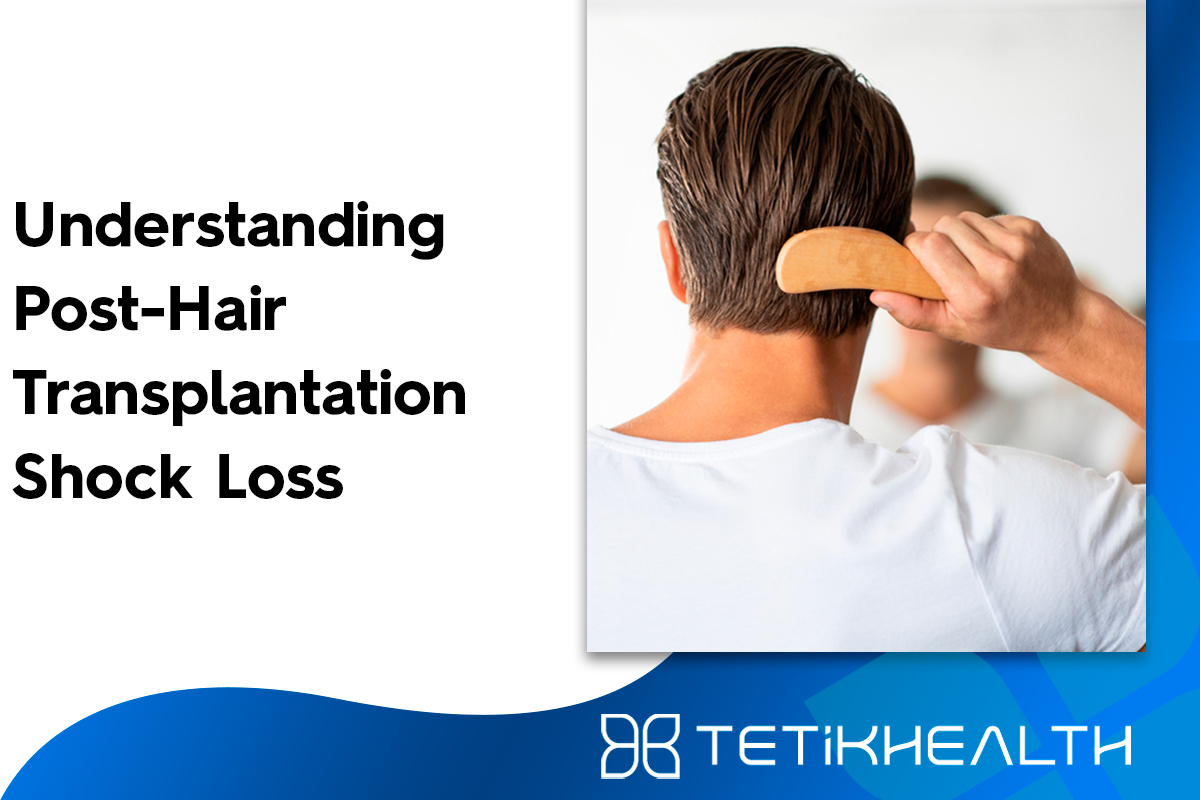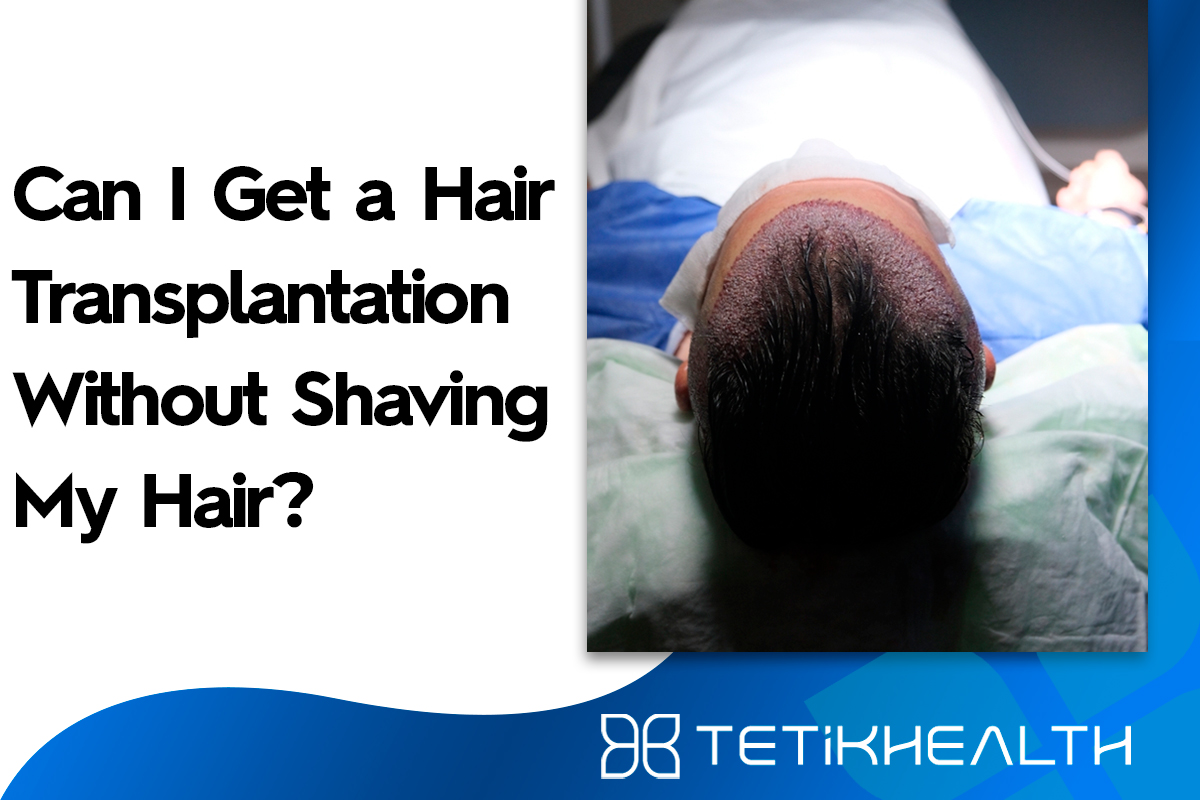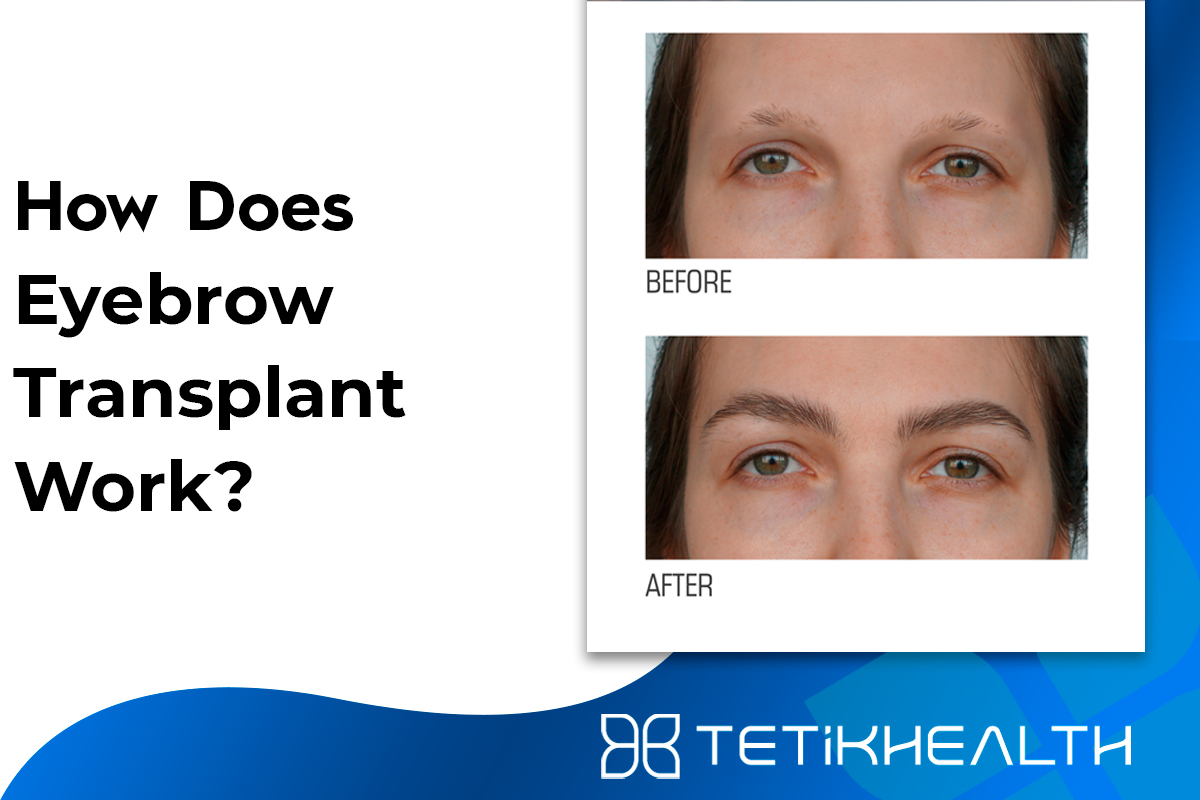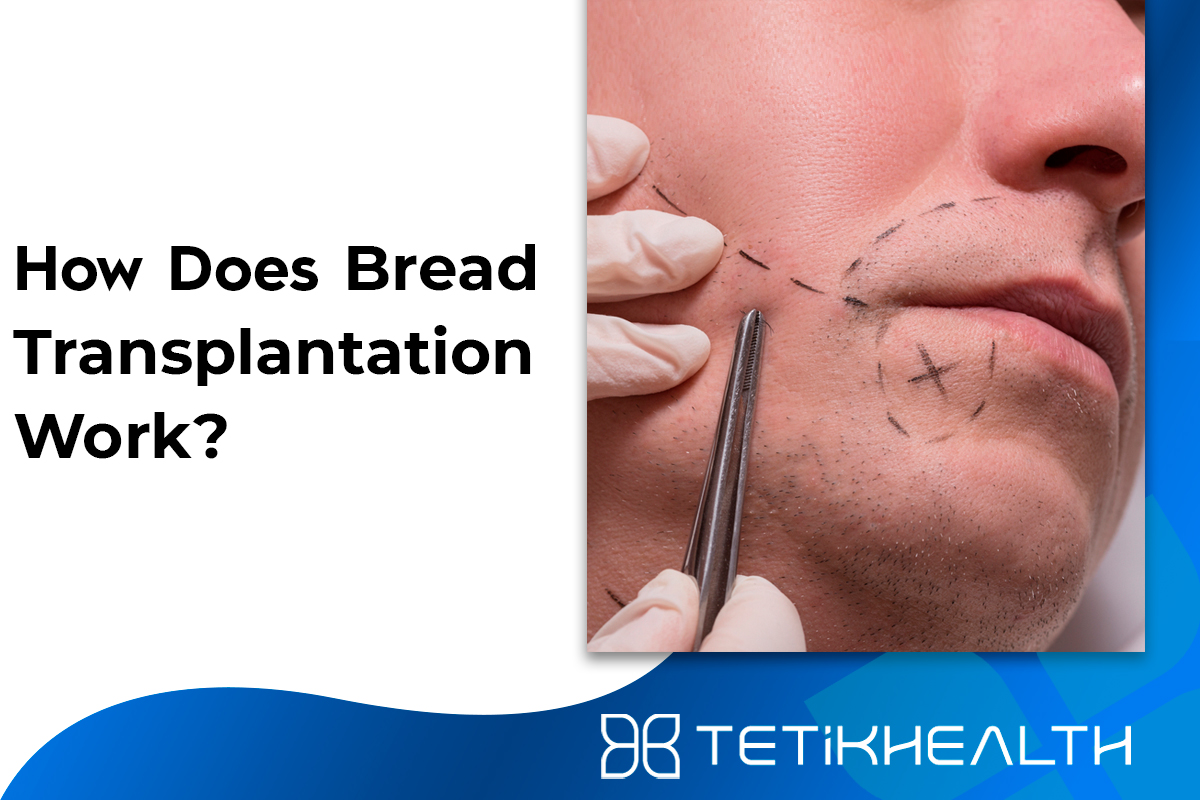Hair transplantation is a prevalent alternative for those who are experiencing a loss of their hair. Post-transplant shock loss refers to the temporary shedding of both the transplanted and naturally existing hair in the recipient area. This condition can happen within a few weeks of surgery. It is, however, an expected component of the healing process.
So, what are the causes of Shock Loss?
Several factors contribute to shock loss after a hair transplant:
- Surgical Trauma: The transplantation procedure involves creating tiny incisions and implanting new hair follicles, which might temporarily impair the blood flow to existing hair follicles, resulting in shock loss.
- Telogen Effluvium: The trauma of surgery might produce a temporary resting phase (telogen) in the hair development cycle, resulting in shedding.
- Individual Susceptibility: Individual hair follicles may react differently to the transplantation process, and some may be more prone to shock loss than others.
Is Shock Loss normal?
Yes, shock loss is a common side effect after hair transplants, and most people will have some shedding. It is critical to note that this shedding is just temporary and is part of the hair’s natural healing and growth cycle. The shedding phase is usually followed by new hair growth.
How can you manage post-transplantation shock loss?
Realistic expectations are crucial, as understanding that shock loss is a transitional stage in the hair transplantation process.
Following the post-operative care instructions supplied by the transplant surgeon can help with healing and reduce the impact of shock loss.
If you have any worries regarding the extent or duration of your shock loss, talk with your hair transplant surgeon for reassurance and support.
Consequently, post-hair transplantation shock loss is a natural component of the healing process and is characterized by the temporary shedding of transplanted and existing native hairs. Understanding its causes and normalcy might help patients getting a hair transplant feel more at ease. Individuals can look forward to the regrowth of new, permanent hair in transplanted places if they follow correct post-operative care and have patience.
At TetikHealth, we provide expert guidance and support throughout the hair transplantation process, including managing shock loss. Our team is dedicated to helping you achieve successful and satisfactory results.




